Two Antiphonal Portraits (score only)
-
Ships in 3 to 4 weeks
Details
Description
SKU: CN.05871
Composed by Dan Adams. Score only. Duration 12:00. Published by C. Alan Publications (CN.05871).An excellent study in polyrhythms, pitting quintuplets against triplets against syncopated sixteenth note patterns. Requires independence among all players. All keyboard parts require 4-mallet technique. Great challenge!
Two Antiphonal Portraits was composed in 2000 for the University of South Florida Percussion Ensemble. Stylistically, it reflects influences of late twentieth century sound mass composition, Latin-American percussion, and the concerto grosso procedures found in many Baroque instrumental compositions. The title refers to the division of the twelve performers into three groups of four, with two groups placed on opposite sides of the stage and the marimbas in the center. Although it is scored mostly for melodic (keyboard) instruments, all performers also play indefinitely-pitched wood, metal and membrane instruments. Most of the antiphonal passages occur in the parts for the vibraphones, xylophones, chimes, orchestra bells and crotales, all scored in pairs. The four marimbas function mostly as an independent sub-ensemble, occasionally interacting with the other instrumental groups. Throughout both movements, there is interplay between ideas introduced by definitely and indefinitely-pitched instruments. Overlapping textures of long sustained sonorities, counterpoint and repeated percussive passages are also essential structural materials in both movements. Thematic ideas introduced in a tentative and restrained manner in the contemplative first movement are developed more aggressively in the more complex, aggressive and rhythmically driven second movement. Melodic and harmonic materials in both movements are based on short segments of the chromatic scale. The rhythmic motives in the indefinitely-pitched instruments parallel the melodic contour of those introduced in the pitched instruments. Although the pitched instruments dominate much of the piece, the coda of the second movement consists of repeated cross-rhythms played entirely on indefinitely-pitched instrument.
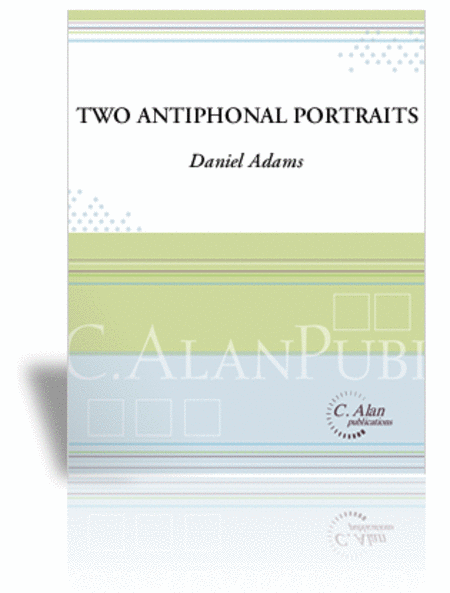
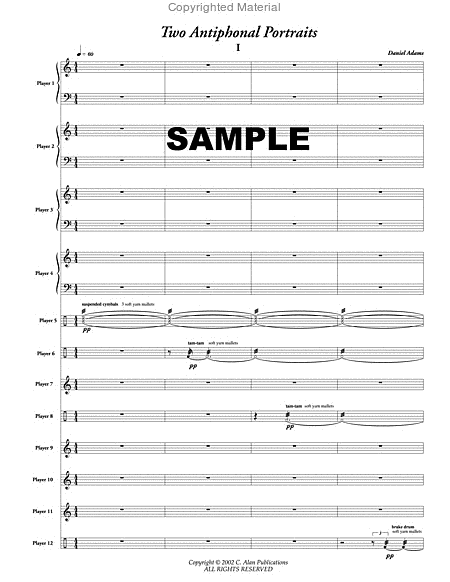
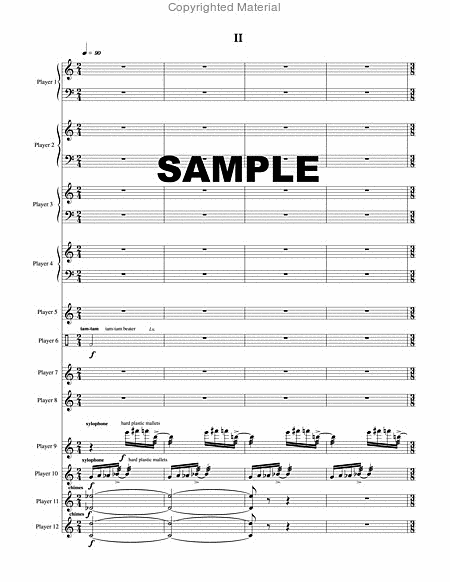
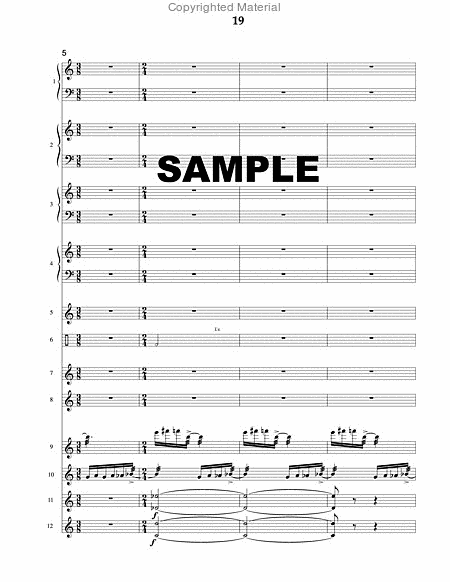
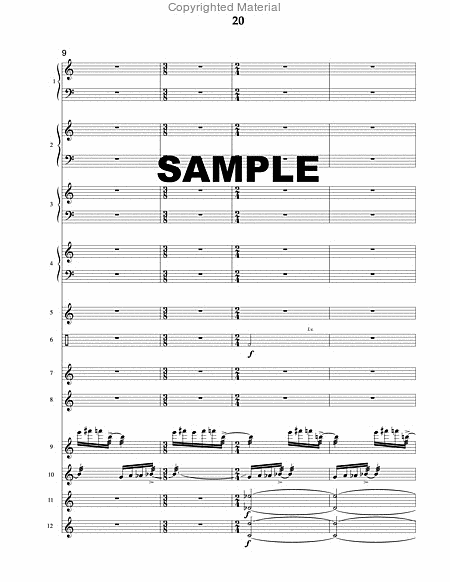
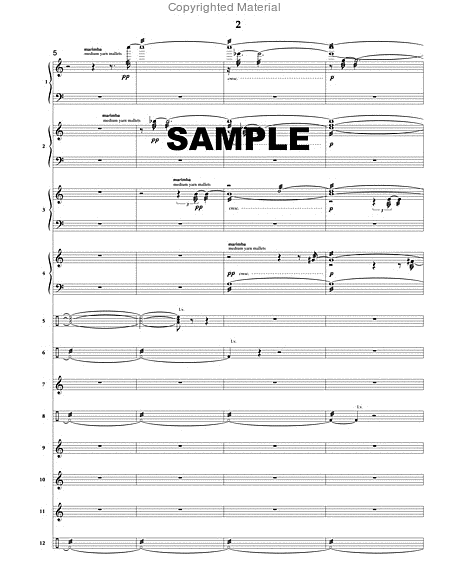
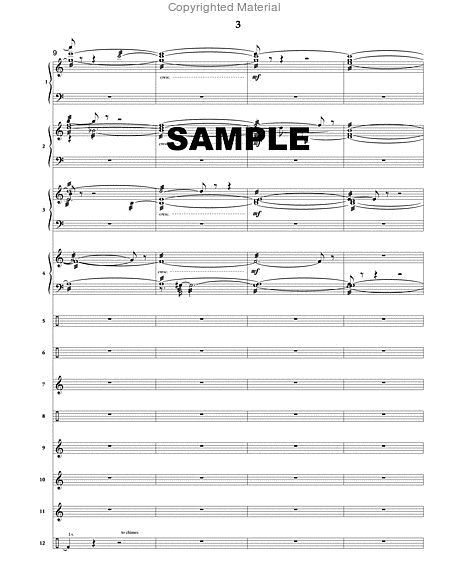
 Share
Share